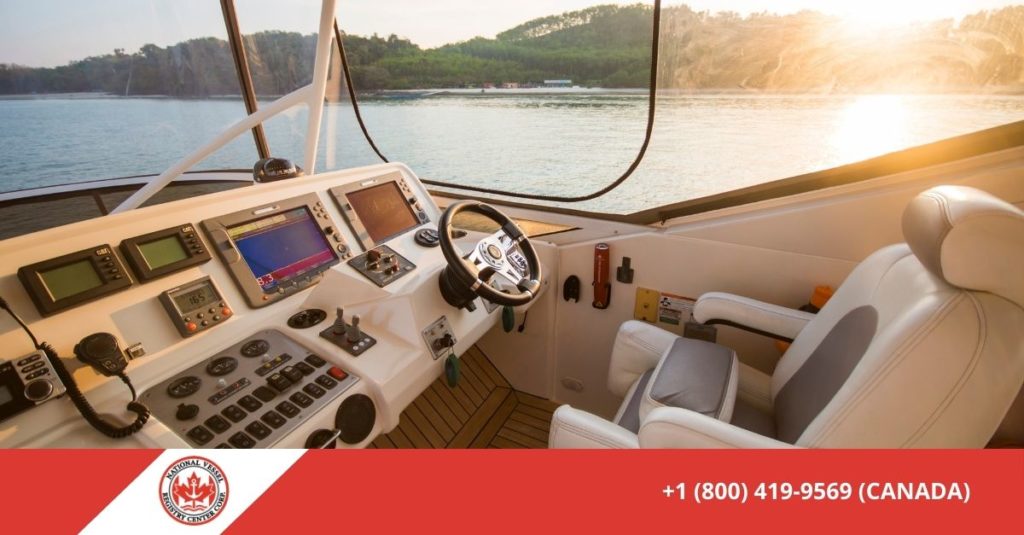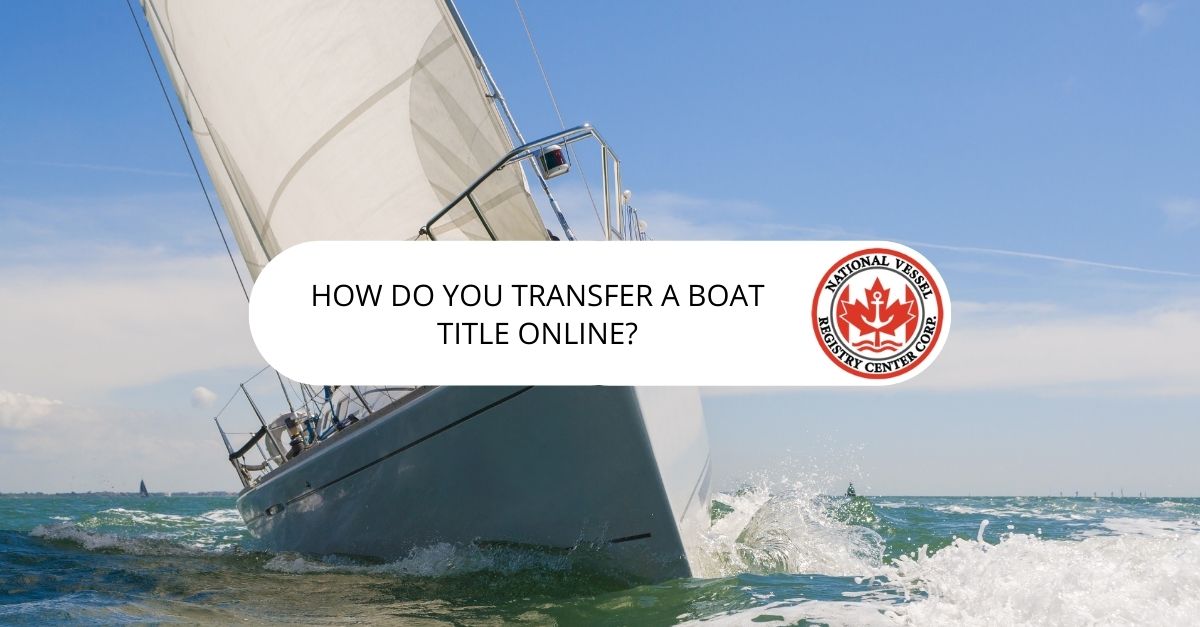If you’ve asked the question, “How A Boat Ownership Transfer Works?” you’re not alone. This question pops up from time to time. The simplest way is to go online and complete the transfer here on the National Vessel Registry Center site. We’ll get you through the steps with virtual ease.
How A Boat Ownership Transfer works? A Basic Overview
When you transfer a boat online, it’s different from transferring the title for a pleasure craft that features a licence number on each side of its bow. Your official number is an official registration number. The application for transfer of the boat title applies to registered Canadian vessels that are listed under the Canadian Register of Vessels. These boats are commercial ships used for towing, fishing, delivering cargo, and transporting passengers.

Including the Owner Details
When you use the online form, the official registered number is transferred to you as the new owner. To fill out the form, you’ll need the name of the boat and its official registration number, You’ll also need to include the entity that owns the boat. In this case, an entity may be:
- A citizen of Canada or permanent Canadian resident. The permanent resident must be an immigrant or refugee, as protected under the country’s Immigration and Refugee Protection Act.
- A corporation that is established under a province or Canada law
- A corporation formed under the regulations of a foreign state managing all vessel matters such as a director of a branch office, a ship management business, a company subsidiary – all operating under Canadian law.
- An Indian band registered under the Department of Indian and Northern Affairs.
What to Include on the Registration Transfer Form
To continue with the transfer form, you’ll need the complete names of the registered owner(s) and seller(s) and applicable street addresses, city, and province. You can opt for rush processing or receive a certified or uncertified transcript as well.
What You’ll Pay to Transfer Registration Online
Answering “How a Boat Ownership Transfer works?” as you can see, involves a short amount of time, but time well-spent, as you can get through the process more quickly. The basic fee for the service is well worth the cost – $425.00.
Once you receive the title, you’ll need to make sure everything is signed and that you keep a copy of the registration on your boat at all times. Having the title onboard is important to avoid punishment or fines. A copy of your bill of sale and the official registration number should be always be accessible when you’re operating your water
Your transfer of title shows that you’re the true owner of the boat, so it is important that the transaction take place. Without the title, your ship really does not have a captain. Sellers who buy boats usually either license it or register the vessel, depending on their preference or the requirements.
Passing on the Paperwork
Whether you get a licence or register the boat, all the paperwork goes to the new owner after you sell the boat. It’s not instant, however, That is why you need to review the transfer forms for registration and licensing on this site.
To comply with Canada’s Shipping Act of 2001, owners of commercial boats must register their boats with Transport Canada (TC) before they can set sail or navigate the waterways. Again, once you receive the official number for the registration, it is linked to the ship in future transactions.
With each new sale, you’ll pass along the paperwork. Transferring the information allows TC to update the information so the new owner can enjoy or use his or her boat.
The same concept is applied to transferring a licence for a pleasure craft – a document that allows the boat owner to operate the vessel. The number of the licence is tied to the boat with each new sale. The permit, which, again, allows you to operate a vessel, is used whether owners are added, removed, or completely change.
You can also fill out this transfer here on the National Vessel Register site. Whether you need to transfer registration or a licence, you’re covered. By using a clear-cut approach, you make the administrative details of transfer much easier.
If you’re transferring a licence, you’ll need a bill of sale as well as a signed copy of a government-issued photo ID. You’ll also need to take a photo of the boat from the side.
How to Tell if a Boat Is Licensed or Where It is Registered
A licensed pleasure craft will show a combination of numbers and letters that do not start with C on the exterior on each side of a boat’s bow.
If the Boat is registered with the Canadian Register of Vessels, or is over 15 gross tonnes, it will show the vessel name and port on the vessel’s exterior. The official number of the boat and net registered tonnage (N.R.T.) will appear on the boat’s interior.
A boat that is under 15 gross tonnes will be registered with the Small Vessel Register and will display a number on the exterior that begins with a capital letter “C.”
We’ve Got You and Your Boat Covered
If you’re wanting to know “How do you transfer a boat title online?” we’ve got you covered. The National Vessel Register Center is your go-to site for transfers, deletions, transcripts, registrations, and any type of boat request or administrative transaction.

